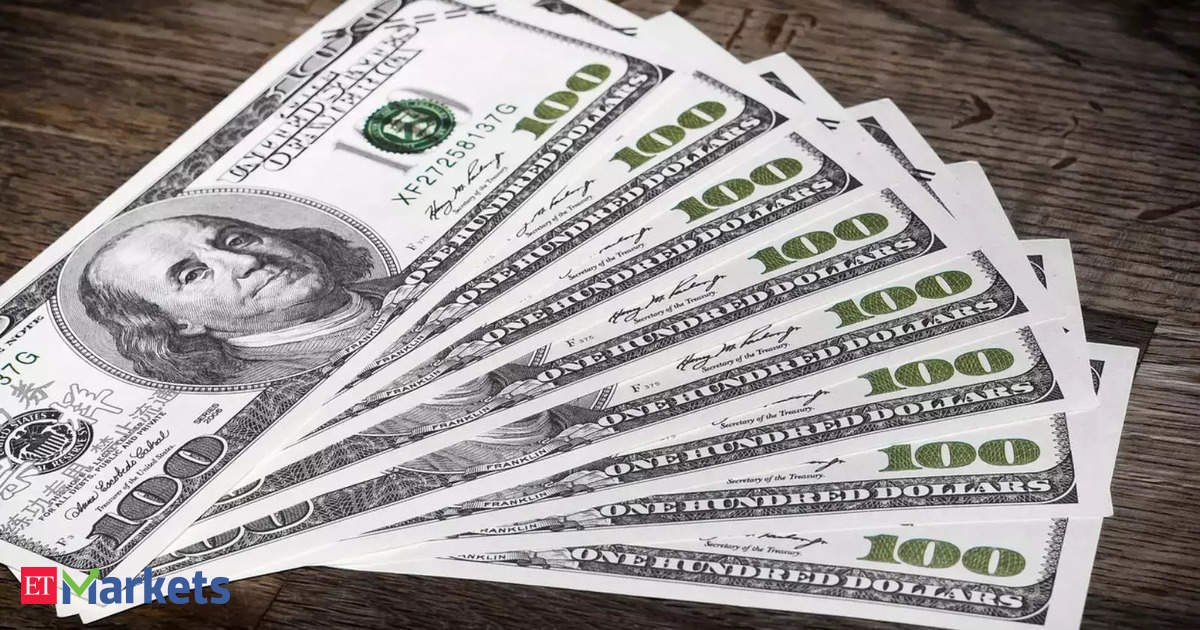Dollar slips as market awaits key inflation data
The is now expected to cut rates by 25 basis points as early as September and perhaps again in December, a recent shift from an outlook that feared the U.S. central bank might even raise rates again to tame inflation seen as "sticky."
Expectations for "this week's data are softer CPI, softer retail sales and softer industrial production. These things should weigh on the dollar because it helps reaffirm the cap on interest rates," said Marc Chandler, chief market strategist at Bannockburn Global Forex in New York.
"We should also get more data in the coming days that Europe is recovering," he said, referring in particular to the ZEW indicator for economic sentiment in Germany.
The on Wednesday is expected to show that core CPI rose 0.3% month-over-month in April, down from 0.4% the prior month, according to a Reuters poll.
While the market expects inflation to decelerate, Fed Vice Chairman Phillip Jefferson said on Monday that until it's clear price pressures are moderating, he supports holding rates steady.
U.S. retail sales also will be reported on Wednesday and industrial production on Thursday.
are pricing in around an 80% chance of a rate cut by the Fed's September meeting, with almost 44 basis points (bps) of reductions in total expected in 2024, LSEG data shows.
Comments by Fed officials last week varied as policymakers debated whether rates were high enough. A jump in consumers' inflation expectations, revealed in a survey on Friday, could further complicate the conversation.
With recent data indicating an economy that is slowing slightly from the robust growth seen in 2023, investors are looking to confirm how sticky inflation is.
The dollar index, which measures the U.S. currency against a basket of six peers, fell 0.24% to 105.08, while the euro was up 0.33% at $1.0804. Sterling was up 0.31% at $1.2625 before data on Tuesday.
"For the wheels to truly fall off of the U.S. dollar, incoming data needs to point to disinflation, not just pockets of weakness here and there," said Matt Simpson, senior market analyst at .
INTERVENTION JITTERS
Regarding the yen, there remains in traders' minds the continuing risk of currency intervention by Japanese authorities.
The dollar has again crept up against the yen after a 3% decline early in May, its steepest weekly percentage drop since early December 2022 after two bouts of suspected intervention by Japanese authorities to strengthen its currency.
The spikes in yen strength appear to have spooked some yen bears, at least for now.
The dollar strengthened against the yen 0.1% to 155.88.
The yen was briefly supported when the Bank of Japan sent a hawkish signal by cutting its offer amount for a segment of Japanese government bonds in the Asian morning.
China's offshore yuan rose 0.05% to 7.2378 while the onshore yuan fell to its lowest since April 30 at 7.2274, as traders waited for the United States to announce new China tariffs.
The Chinese central bank said over the weekend that new bank lending fell more than expected in April and broad credit growth hit a record low.
Separate data on Saturday showed Chinese rose in April while extended declines.
Bitcoin was up 4.15% at $62,991.00.
Source: Forex-Markets-Economic Times
